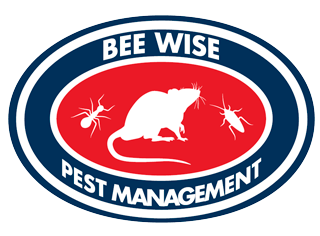When it comes to pests, most homeowners don’t wonder where they’re coming from, but simply how to get rid of them. However, understanding whether pests are coming from outside or already living inside your home is the difference between a temporary fix and effective, long-lasting control.
Identifying the source of the problem not only helps stop the infestation faster, but also prevents structural damage, contamination, and unnecessary expenses. Below, we explain how to recognize it and when it’s time to contact a professional.
- Signs of Pests Coming From Outside
When pests enter from outside, they’re usually looking for shelter, food, or more stable temperatures. In these cases, signs often appear at visible entry points:
- Doors and windows: Check frames, weatherstripping, and gaps. Cockroaches, spiders, and ants will take advantage of even cracks smaller than 1/8 inch.
- Cracks in foundations or walls: Rodents can enter through holes as small as a coin.
- Ventilation ducts and pipes: These are common entry points for mice and cockroaches.
- Outdoor lights and gardens: Some insects are attracted to nighttime lighting and eventually find their way inside.
In these types of infestations, it’s common to see insects or rodents near the edges of the house or at the garage entrance. The infestation may seem minor, but if the entry points aren’t sealed, the problem will become permanent.
- Signs of pests already living inside the house
When pests have already established colonies inside, the situation changes:
- Frequent appearances, even during the day: Seeing cockroaches, ants, or rodents in broad daylight indicates a large and active population.
- Nighttime noises in ceilings or walls: This is a clear sign of internal mouse or rat activity.
- Droppings, grease stains, or gnawed materials: These are signs of constant movement in indoor areas.
- Unpleasant and persistent odors: Advanced infestations produce a sour or ammonia-like smell, especially in the case of rodents.
When these signs appear, the colony is already established. It’s not enough to eliminate visible individuals; it’s necessary to eradicate the nest and treat all infested areas.
- Why it’s essential to act quickly
An indoor infestation can develop silently for weeks or months. Pests find food, moisture, and shelter undetected, multiplying rapidly.
Furthermore, most household products don’t eliminate the problem at its source. In some cases, they can even disperse the colony, making it more difficult to control.
A certified professional identifies the type of pest, its source, the level of infestation, and applies specific treatments that not only eliminate the pest but also prevent re-infestation.
- When to Call a Specialist
If you notice any of the following, it’s time to request a professional inspection:
- Seeing active pests in more than one room.
- Finding droppings or structural damage.
- Hearing noises in ceilings, attics, or walls.
- Having tried home treatments without success.
At Bee Wise Pest Management, we conduct thorough inspections to identify both external entry points and internal sources of infestation. We use environmentally friendly and safe methods, designed to protect your home and family while eliminating the root of the problem.
Knowing whether pests are entering from outside or already living inside is key to stopping their spread before they cause serious damage. The difference between an occasional nuisance and a chronic infestation can be as small as an unsealed crack.
If you suspect pest activity in your home or business, don’t wait for the problem to escalate. Schedule a professional inspection with Bee Wise Pest Management and regain the peace of mind of a truly pest-free space.







